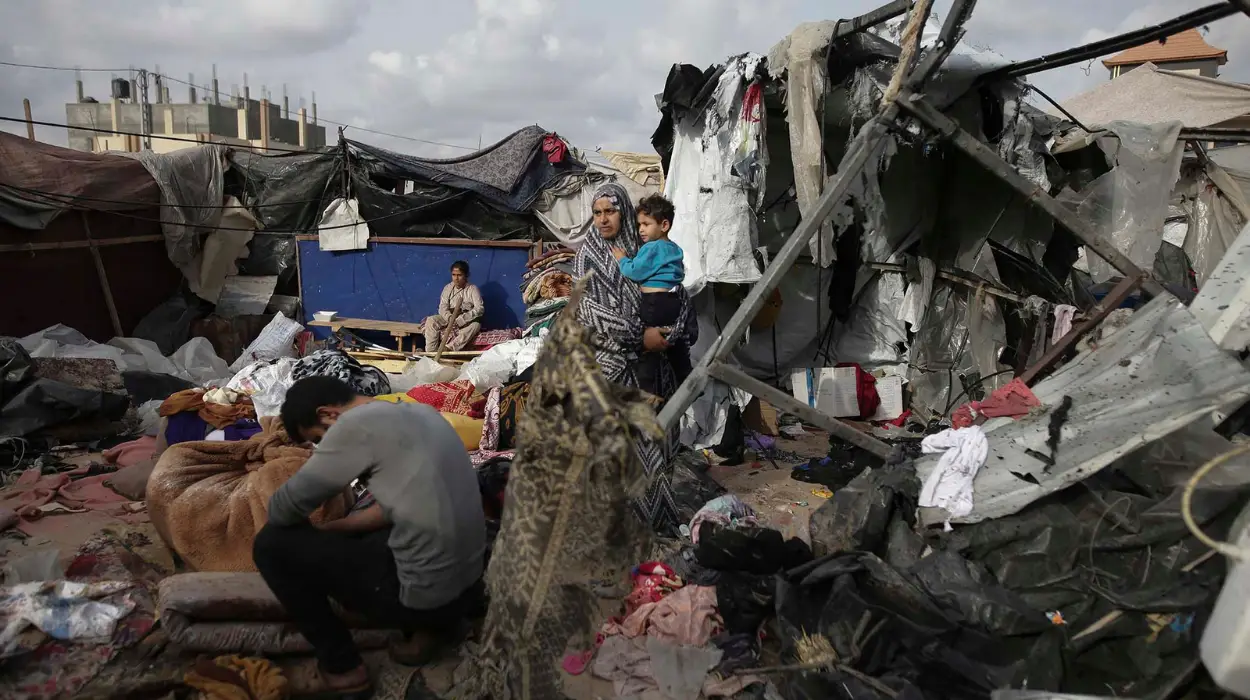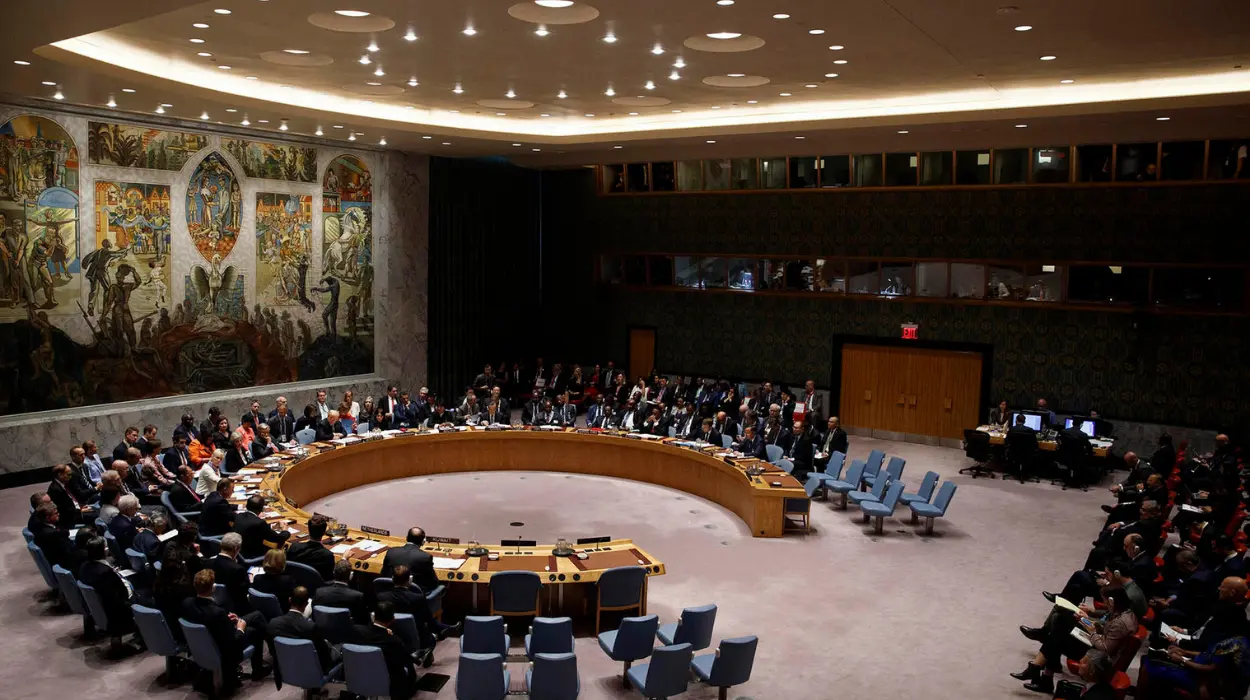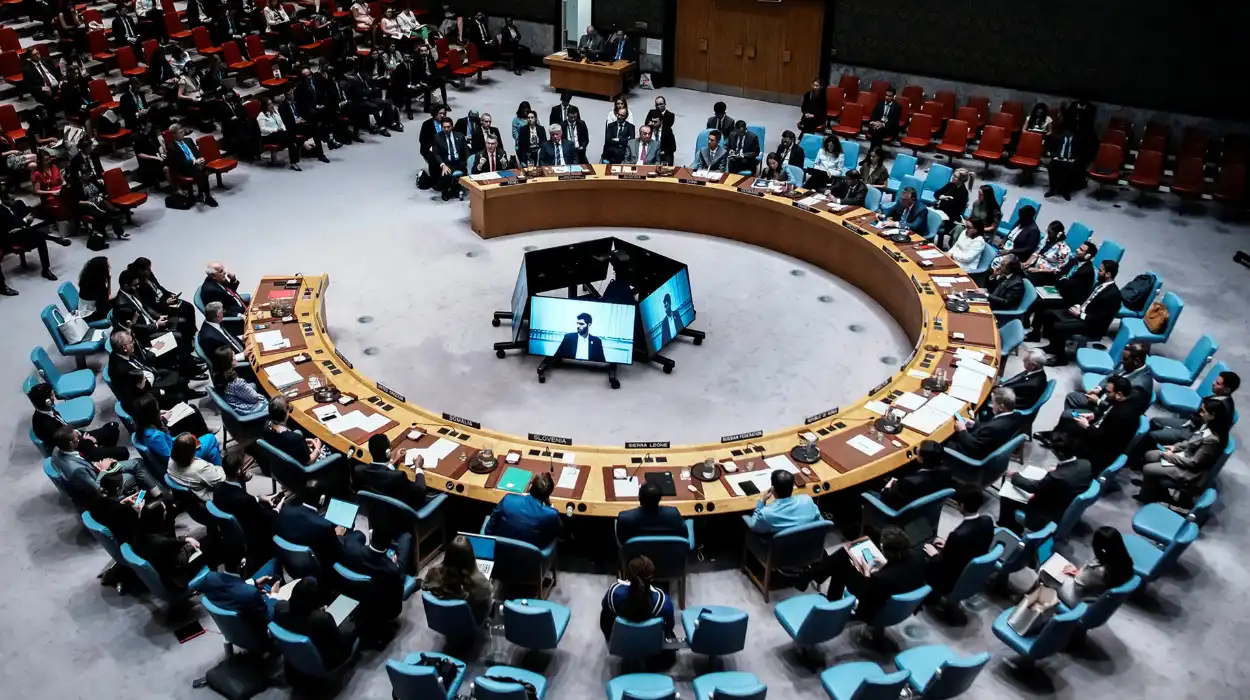The Universal Periodic Review takes a prevailing place in global human rights and considers the compliance of all the United Nations member countries with their international duties. As one of the only processes that cover all nations and provide a formalized platform on which the states present their reports, actively debate, and act on their recommendations, the mechanism is still operating in 2025. The fact that it is consistent and inclusive means that the governments can address the long-standing and emerging human rights issues before the international watch.
Review stages and key actors involved
The process is carried out in various phases, whereby it starts with national reporting, then moves on to civil society, national human rights institutions, and UN bodies. The Human Rights Council session is an interactive dialogue of three-hour interaction between each state during which delegations present the observations and suggest the recommendations. The last report is the compilation of accepted and recorded recommendations, which form a map of reforms in the future. This multi-actor involvement makes the UPR unique whereby the governments are subjected to varied attitudes and still retain the diplomatic aspect of the process.
Why does universal scope matter?
The universal coverage does away with preferential analysis, with the powerful states and smaller states being subjected to equal scrutiny. This is a principle that improves the legitimacy of the mechanism and it attempts to avoid the geopolitical bias. Those states that are going through their fourth cycle by 2025 will have increasing pressure of real advancement as opposed to repetition of previous commitments. The repetitive quality of the UPR allows tracing the long-term progress of the government promises, showing whether the reforms are significantly progressing or not.
Successful reforms emerging from periodic review cycles
The fourth cycle has also demonstrated the various areas in which the UPR has led to massive reforms in the country. The mechanism has been used to see many countries ratify major human rights treaties as encouraged by their peer countries. Countries that had been reluctant to ratify the Convention on the Rights of Persons with Disabilities or the Convention against Torture changed their minds in the process and shortly after UPR reviews and responded to international pressure and local activism.
Institutional developments tied to our recommendations
The establishment or strengthening of national human rights institutions points to one of the long-term successes of the UPR. Reforms in such states like Myanmar, Sierra Leone, and Fiji were to increase mandates or add new bodies based on suggestions in the prior cycles. These institutions are domestic watchdogs, making people more aware of the rights commitments and organize national implementation strategies. They enhance accountability, but their performance is diverse and relies on political independence.
Legislative reforms and policy shifts observed in 2025
Governments have introduced some significant legislative changes as a reaction to the review findings. The most common example of UPR-led reform is the abolition of the death penalty by Benin. The fact that Saudi Arabia has made efforts to introduce measures that govern domestic violence is a product of the pressure that accumulated over time during UPR sessions. In 2025, various states in Latin America and Africa made amendments to their labor laws, implemented gender-based violence framework, and strengthened the regulations of children and people with disabilities. Though these changes are uneven, they show that consistent diplomatic activity can lead to real legal modernization.
Structural shortcomings limiting long-term impact
Even with such strong testaments of improvements, the UPR still has structural constraints that do not allow it to realize its potential. Most developing and war-ridden nations are unable to apply the mainstream suggestions because of low financial abilities, leadership issues, or political instabilities. Even highly-institutionalized states occasionally focus more on international opinion than on domestic reform leading to partial and symbolic implementation or delayed implementation.
Political dynamics shaping review outcomes
Political considerations are usually injected into the mechanism by the peer-review nature. Other states are more reciprocally complementary in their expressions of praise, and they dilute questioning to maintain alliances. The same dynamic, which can be seen in 2024 and early 2025 review sessions, weakens fairness and meaningful criticism of states with established violations. Even recommendations are made in the context of diplomatic caution, which results in the formulations of vague recommendations that cannot be measured. This ambiguity undermines the long term monitoring and it is hard to determine whether promises are being converted into practical changes.
Limitations in issue coverage and session time
The interactive dialogue limits the level of examination since time is limited. Digital privacy, migrant rights, environmental justice, and freedom of expression are critical concerns that should be paid more attention to but sometimes do not even get the discussions by the delegations due to the interest of the broader or politically safer issue. Raising complex issues particularly those that require systemic discrimination need to be discussed more widely than the UPR format is in present form. Consequently, a number of trends of abuse continue uncontested throughout cycles, indicating a necessity of more profound involvement or secondary processes.
Factors shaping future effectiveness of the review system
The future of the UPR depends heavily on the desire of the states to internalize suggestions and invest in the implementation process. The governments that incorporate the recommendations in the national development plans and legislative agendas have shown more progress to those that consider the process as a mere reporting. By 2025 states where the mechanisms of national coordination are highly developed, the examples of Georgia, Uruguay, and South Korea have proven the usefulness of the systems of follow-up.
Role of civil society and national rights institutions
The capacity of civil society is a decisive element that can either bring the human rights commitments to life or not. NGOs provide needed information, undermine official discourses, and maintain pressure on the governments throughout the loop. Nevertheless, activists in dozens of countries are subject to reprisals or intimidation or stage access to Geneva sessions, and this limits their influence on the outcomes of the review. It is in these gaps that the national human rights institutions assist to bridge them, but only when they are independent and adequately endowed.
Importance of data, monitoring, and technical support
The correct data gathering enables states to gauge progress and modify policies. A number of governments do not have standardized systems of monitoring implementation but instead have ad hoc reporting. The 2025 activity of creating digital follow-ups, enhancing training of governmental officials, and harmonizing UPR recommendations with Sustainable Development Goal indicators is an indication of a new trend in more evidence-based monitoring. Such innovations have the potential to reinforce cycle to cycle consistency and transparency.
Evolving expectations and calls for procedural strengthening
In early 2025, the proposals of improving the review process emerged during the discussions at the Human Rights Council. Recommendations would be to lengthen dialogue arrangements in circumstances involving nations that are complicated, enhance coordinate systems to treaty bodies and motivate more specific suggestions that would be linked to quantifiable indicators. The strengthening of the resources of the UPR Secretariat is also on agenda as the technical support is still in demand.
The successes and failures of the Universal Periodic Review are showing its strategic relevance and at the same time its constraints as the global environment is increasingly being influenced by digital threats, climate pressures, political instability, and degraded civic space. Its long term applicability lies in whether the states decide to turn diplomatic promises into the long term reforms. The following periods can demonstrate whether the mechanism will be developed to address new human rights issues with more accuracy, or whether its influence will be restricted by political anxieties and institutional limitations.







